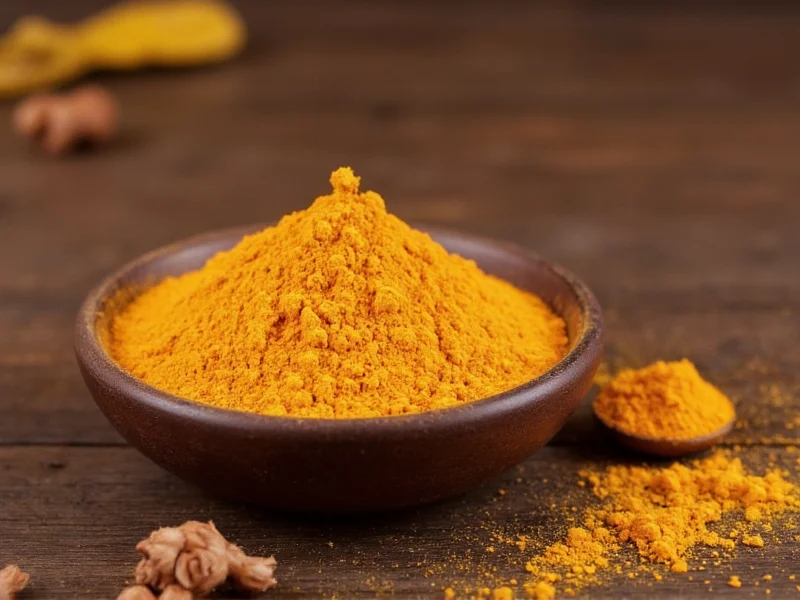Derived from sun-dried green mangoes that are ground into a fine powder, amchur brings a unique citrusy tang that enhances flavors without the acidity of vinegar or lemon juice. This versatile spice has been a staple in Indian kitchens for centuries, particularly valued in regions where fresh citrus wasn't readily available year-round. Its shelf-stable nature and concentrated flavor make it a pantry essential for both traditional and modern culinary applications.
What Makes Amchur Powder Unique
Amchur powder's distinctive sour profile comes from the natural tartaric and citric acids present in unripe mangoes. Unlike other souring agents, amchur provides:
- Consistent flavor without moisture content
- Long shelf life compared to fresh citrus
- Subtle fruity undertones beneath the tartness
- No color alteration in dishes
- Gluten-free and vegan-friendly composition
The production process involves harvesting green mangoes before they develop sweetness, slicing them, and sun-drying until completely dehydrated. These dried mango slices are then ground into the fine powder known as amchur. Traditional methods use specific mango varieties that yield the optimal balance of tartness and aroma.
Top Culinary Applications of Amchur Powder
Chefs and home cooks rely on amchur powder for specific culinary purposes where its unique properties shine. Understanding how to use amchur powder in cooking properly can transform your dishes.
| Dish Type | Amchur Application | Recommended Quantity |
|---|---|---|
| Chaat & Street Food | Final sprinkle for tangy finish | 1/4-1/2 tsp per serving |
| Curries & Gravies | Added during cooking for balanced sourness | 1-2 tsp per 4 servings |
| Meat Marinades | Tenderizing agent and flavor enhancer | 1 tsp per pound of meat |
| Dry Spice Blends | Component in chaat masala and others | 15-20% of blend |
| Baked Goods | Acid component in vegan recipes | 1/2 tsp per cup of flour |
Mastering Amchur Powder in Your Cooking
Knowing amchur powder culinary uses goes beyond simply adding sourness. Professional chefs leverage this spice for specific technical purposes:
As a Natural Tenderizer
The enzymes in amchur powder help break down proteins, making it excellent for meat and poultry marinades. Unlike acidic marinades that can make meat mushy, amchur provides gentle tenderizing without texture damage. For best results, combine 1 teaspoon amchur powder with your other dry spices before adding liquid components to your marinade.
In Gluten-Free Cooking
When creating gluten-free versions of traditional Indian breads like bhatura or puri, amchur powder helps compensate for the lack of yeast development by providing the characteristic tang that would normally come from fermented dough. This is one of the most valuable amchur powder uses for gluten-free cooking enthusiasts.
For Balanced Flavor Profiles
Skilled cooks use amchur powder to balance the six fundamental tastes in Ayurvedic cooking—sweet, sour, salty, bitter, pungent, and astringent. Its sour element counteracts excessive sweetness or richness, creating more complex and satisfying dishes. Unlike citrus, amchur's sourness doesn't dissipate with prolonged cooking, making it ideal for slow-simmered dishes.
Amchur Powder Substitutes and Comparisons
When you need amchur powder substitute for lemon or other souring agents, understanding the differences is crucial:
- Lemon juice: Provides similar tartness but adds moisture and can make dishes watery. Use 1 tablespoon lemon juice for every 1/2 teaspoon amchur powder.
- Tamarind paste: Offers complex sweet-sour flavor but with different flavor notes. Use 1 teaspoon tamarind paste for every 1/2 teaspoon amchur powder.
- Sumac: Provides similar color and tartness with a more floral note. Use equal amounts as substitute.
- Vinegar: Stronger acidity without the fruity notes. Use half the amount of vinegar compared to amchur powder.
For authentic amchur powder in Indian recipes, substitutions often compromise the distinctive flavor profile. Many traditional dishes like aamras (mango pudding), samosas, and chana chaat rely specifically on amchur's unique characteristics that alternatives cannot fully replicate.
Storage and Quality Considerations
To maintain optimal flavor in your amchur powder uses, proper storage is essential. Store in an airtight container away from light and moisture. High-quality amchur powder should have a bright yellow to light brown color and a strong, pleasant sour aroma. Discard if the powder darkens significantly or loses its characteristic scent.
Shelf life typically ranges from 12-18 months when stored properly. For extended freshness, consider storing in the refrigerator, especially in humid climates. Always check for clumping or off odors before use, as these indicate moisture exposure or spoilage.
Nutritional Profile and Traditional Uses
While primarily used for flavor, amchur powder does offer some nutritional benefits. It contains vitamin C, dietary fiber, and various antioxidants from the mango fruit. Traditional Ayurvedic medicine has used amchur for digestive support and as a remedy for sore throats, though modern scientific evidence for these amchur powder health benefits remains limited.
As with any spice, moderation is key—amchur's high acidity means excessive consumption could potentially irritate sensitive stomachs. When used appropriately in culinary amounts, however, it presents no known health risks and can contribute to a balanced, flavorful diet.
Expert Tips for Using Amchur Powder
Professional chefs recommend these techniques for maximizing best way to use amchur powder in your cooking:
- Add toward the end of cooking for brighter, more pronounced sourness
- Combine with roasted cumin powder for authentic chaat masala flavor
- Use in dry rubs for grilled vegetables to create complex flavor layers
- Mix with yogurt for marinades that tenderize without curdling
- Sprinkle on fruit salads for an unexpected flavor twist
When experimenting with new recipes, start with smaller amounts and adjust to taste—amchur's concentrated flavor can easily overpower a dish if used excessively. Remember that its sourness develops gradually, so wait a few minutes after adding before determining if additional quantity is needed.











 浙公网安备
33010002000092号
浙公网安备
33010002000092号 浙B2-20120091-4
浙B2-20120091-4